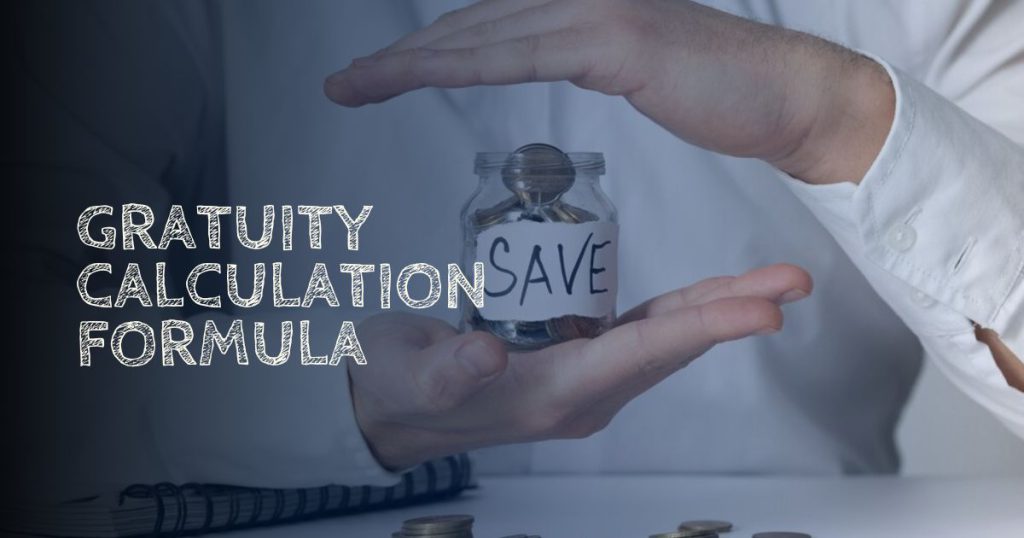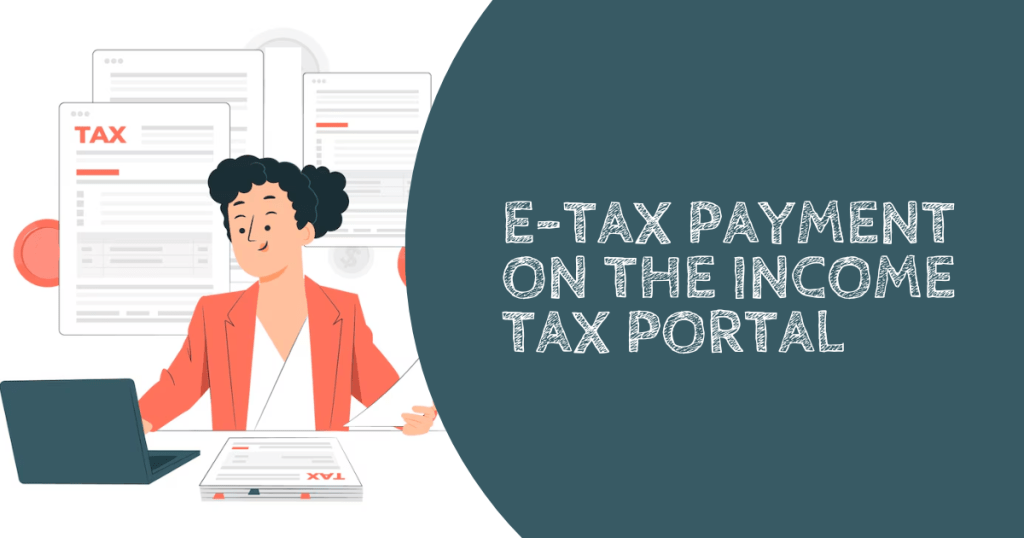
Leave encashment refers to the payment an employee receives in lieu of unutilized earned leave. This lump sum payment is made to employees at the end of their tenure, often during retirement, termination or resignation.
The tax exemption on such payments in India is governed by Section 10(10AA) of the Income Tax Act.
Leaves Recognised By Income Tax Act
Earned Leave / Privilege Leave: Leave earned based on the number of days worked. This is Recognized under Section 10(10AA) for exemption.
Leaves NOT Recognized for Tax Exemption
| Type of Leave | Recognized under Income Tax Act? | Encashment Eligible for Exemption? |
| Casual Leave (CL) | No | Not eligible |
| Sick Leave (SL) | No | Not eligible (unless clubbed with EL) |
| Maternity/Paternity | No | Not eligible |
| Compensatory Off | No | Not eligible |
| Any Other Special Leave | No | Not eligible |
Taxation on Leave Encashment
| Situation | Government Employees | Non-Government (Private) Employees | Legal Heirs (After Death of Employee) |
| Encashment on Retirement / Resignation | Fully Exempt under Section 10(10AA)(i) | Partially Exempt under Section 10(10AA)(ii) (Least of 4 values) | Fully Exempt |
| Encashment during Service | Fully Taxable | Fully Taxable | Not applicable |
| Tax Relief Available (Sec 89) | Yes (if tax is high) | Yes (if tax is high) | Not applicable |
| Maximum Exemption Limit | No limit (fully exempt) | ₹25,00,000 (after 1st April 2023) | No limit |
| Relevant Section | Section 10(10AA)(i) | Section 10(10AA)(ii) | Section 10(10AA) + Death-related exemption |
Government Employees
Leave encashment received at retirement or resignation is fully exempt from tax under Section 10(10AA)(i). There is no monetary limit.
Private Employees
Exemption = Least of the following:
- Actual leave encashment received.
- 10 months’ average salary.
- Cash equivalent of leave for maximum 30 days per year of service.
- ₹25,00,000 (overall limit).
Salary includes
- Basic + Dearness Allowance (DA) (if part of retirement benefits) + Commission based on fixed % of turnover.
Encashment During Service
- Leave encashment received while still in service is fully taxable for both government and private employees. However, tax relief under Section 89 can be claimed.
Legal Heirs
- Leave encashment received by the legal heirs after the death of an employee is fully exempt from tax.
Calculator of Leave Encashment for a Private Sector Employee
- Ms. Priya retires from a private company after 25 years of service.
- Her details:
- Leave encashment received: ₹18,00,000
- Average monthly salary (last 10 months): ₹80,000
- Unused earned leave: 300 days
Calculation Of Leave Encashment
Actual leave encashment = ₹18,00,000
10 months’ average salary = 10 × ₹80,000 = ₹8,00,000
Cash equivalent of 300 days (max 30 days per year → 25 years × 30 = 750 days allowed; she has only 300 days, so full):
| Salary Per Day = ₹80,000 ÷ 30 = ₹2,666.67 |
| 300 × ₹2,666.67 = ₹8,00,000 |
| Fixed Limit = ₹25,00,000 |
| Least of above = ₹8,00,000 (10 months’ salary or cash equivalent). |
| Exempt Amount = ₹8,00,000 |
| Taxable Amount = ₹18,00,000 – ₹8,00,000 = ₹10,00,000 |
FAQs
The taxability of leave encashment depends on the employment sector. For government employees, leave encashment is completely tax-free. For non-government employees, it is taxable and subject to certain exemptions under Section 10(10AA)(ii) of the Income Tax Act, 1961.
25,00,000. This revised limit is effective from 1st April 2023 (earlier, it was ₹3,00,000)
Yes. Leave encashment received by legal heirs after the employee’s death is fully exempt from tax.
Yes. If you receive a large amount in one year, you may claim relief under Section 89 by filing Form 10E.
No. Leave encashment received while still in service is fully taxable, even for government employees.

